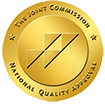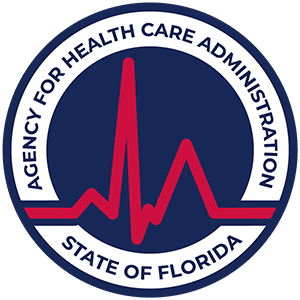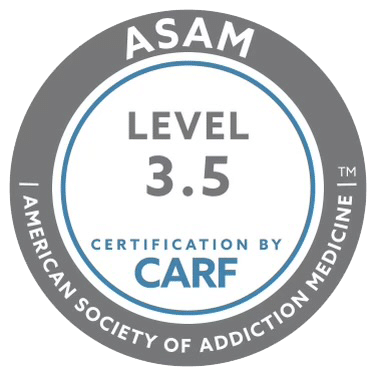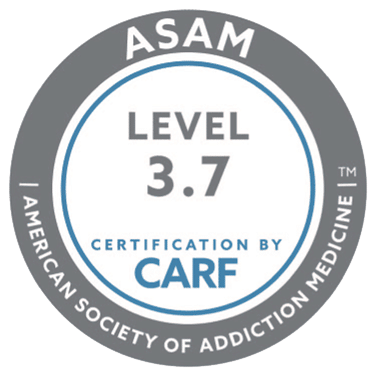Each day, about 500 people try meth for the first time. Unfortunately, the drug is so addictive that people could get hooked from a single use.
These addictions can then take a toll on the person’s physician and psychological health, all while being excruciatingly hard to break.
Recovery isn’t impossible, though.
Today, meth addiction treatment programs can give people a fighting chance. Let’s figure out how these programs work.

Recovering From Meth Addiction: The Three Basic Phases
Treatments are often personalized, but the typical plan for people suffering from meth addiction starts with detoxification. Once the patient is stabilized, they can enter an inpatient or outpatient rehab program to receive counseling.
Of course, recovery is an ongoing progress, which is why there has to be some form of aftercare and follow-up in the treatment plan.
Here’s what to expect from the three phases:
1. Detox
The first step is to purge meth from the body. This can be particularly hard on the patient because quitting triggers withdrawal symptoms.
Symptoms kick in within hours of stopping meth use and can range from general fatigue to severe depression and suicidal thoughts. Patients who used to inject meth (rather than smoke or consume it orally) tend to have longer and more intense withdrawals.
Still, detoxing at home is risky for everyone.
For one, suicidal thoughts, panic attacks, and mood disturbances warrant round-the-clock monitoring. Plus, the “crash” cravings can be too intense to handle without professional help.
Based on the symptoms, the treating team might resort to medications to ease the symptoms.
2. Counseling
After the detox period is over, the counseling phase begins to address the psychological damage, and long-term meth use causes a lot of that.
There are plenty of therapy options, from cognitive behavioral therapy to contingency management. However, counselors often use more than one approach, combined in the Matrix model.
We’ll check out the history of the Matrix model and how it works in a minute.
3. Aftercare
Some patients might need to transition into a sober living facility after the inpatient program. Others can get back to their normal lives right away.
Either way, aftercare is vital for maintaining sobriety.
Thankfully, 12-step programs aren’t just for alcoholism. They can also help recovering patients stay away from meth, and the top options are Narcotics Anonymous (NA), Crystal Meth Anonymous (CMA), and Self Management and Recovery Training (SMART).
Some facilities even hold 12-step meetings weekly onsite as a form of peer support.

The Matrix Model for Treating Meth Addiction
Back in the 1980s, researchers noticed a gap in substance abuse therapeutic interventions—there was no structured outpatient treatment approach designed specifically for stimulant addictions.
This gap drove the development of the Matrix model by the Matrix Institute in California.
The model is considered intensive and lasts 16 weeks. But the Matrix isn’t rigid at all. Instead, it integrates any number of directive, evidence-based therapies that the counselors believe can help the patient.
Treatments Included in the Matrix
Some of the treatments and therapies that could be used in the Matrix are:
- Psychotherapy: One-on-one sessions with a therapist to help with setting goals.
- Cognitive Behavioral Therapy (CBT): A commonly used therapeutic approach designed to change harmful behaviors and cope with cravings.
- Family Education Program: A series of 12 sessions (one per week) to provide awareness to the patients and their family members about the triggers, relapse possibilities, and coping strategies.
- Relapse Prevention Groups: Structured groups held twice per week during the treatment period.
- Early Recovery Skills Groups: Covers practical recovery techniques, from the importance of scheduling to charting internal triggers.
- Social Support Groups: Informal group sessions designed to help recovering patients form new relationships.
Aside from the therapies, the Matrix model can also include homework components, weekly (or random) drug testing, and encouragement to attend 12-step meetings.
The Needed Time Commitment
The recommended intensity and time commitment for the outpatient program is 3 hours per day for 3 days weekly, but the scheduling details can be adjusted with the treating team.
Evaluating the Efficacy of the Matrix Model
The Matrix has been used to treat stimulant addictions for more than 20 years, and several studies say it’s useful for people suffering from meth addictions.
It’s not easy to point to a clear-cut success rate. However, one study shows that the Matrix participants are more likely to attend sessions, stay in treatment, and stay abstinent, compared to usual treatment methods.

Medications and Meth Addiction Treatment Programs
You might already know that there are medications (like naltrexone) approved for treating alcohol and opioid use disorders. Unfortunately, the same can’t be said for methamphetamine addiction.
So far, there are no FDA-approved pharmacological agents that can counteract the stimulant effects of the drug.
Any drugs used throughout the treatment course are just used for managing withdrawal symptoms in the short run
That said, we might have better medication options in the future. Some drugs and treatment strategies are being studied.
For one, a combination therapy of naltrexone and the antidepressant bupropion seems to have a promising effect on reducing cravings. Researchers are also evaluating the efficacy and safety of an anti-inflammatory drug called ibudilast for addiction treatment.
Non-Pharmacological Treatments Under Development
Even without the medications, there are interesting non-pharmacological treatments to be explored.
Can you imagine having access to a meth vaccine? Well, scientists are looking into using antibodies to neutralize methamphetamine molecules and keep them from affecting the brain!
There’s even research into using magnetic fields on the brain to influence brain activity and work on addictive behaviors. The technique is called transcranial magnetic stimulation (TMS), and it’s not invasive—there’s no surgery involved.
But until we see enough studies supporting the use of these treatments, we have to settle for behavioral therapies and traditional 12-step programs.
Dealing With Long-Lasting Effects After Treatment
People can and do overcome meth addictions, but not all long-term side effects will disappear just because the person gets sober.
Some people might suffer from psychotic symptoms for months or years after quitting, especially if they’re stressed. To keep the psychosis away, the patient needs to work on preventing relapse and seek treatment for co-occurring psychiatric disorders like depression and anxiety.
But the neurological and psychotic symptoms aren’t the only issues to tackle here.
Meth mouth is hardly the worst long-term effect of long-term meth use. Yet, the recovering patient might want to consider bridges or dentures to get their smile back.
There could also be skin scars to deal with. Usually, the scars heal and fade with abstinence. If they’re persistent, a dermatologist could prescribe topical creams, chemical peels, or dermabrasions.

How to Help a Loved One Suffering From Meth Addiction
Do you think a friend or a family member might be using meth?
Here are a few tips to help you manage the situation:
1. Look for the Warning Signs
You don’t have to diagnose the addiction and its severity yourself—that’s for the healthcare professional to figure out using guidelines.
What you can do is keep an eye on the warning signs, such as:
- Aggressive behavior
- Disrupted sleeping patterns
- Physical signs of drug administration (nosebleeds, needle marks, etc.)
- Rambling
- Mood swings
- Weight loss
- Skin sores
- Meth mouth (tooth decay, lesions, and gum disease)
2. Be Smart With Interventions
Once you confirm that your loved one has a problem with meth use, you might rush in and stage an intervention to convince them to seek treatment.
However, it’s important to keep in mind that people suffering from meth addictions can become hostile or even violent when confronted.
You want to make sure you can stay on topic without placing blame or making accusations. If planning the intervention seems tricky, consider consulting a professional intervention specialist or a therapist.
3. Provide Practical and Emotional Support
Hopefully, the intervention will go well and your loved one will be open to the idea of getting treated.
If so, you can help them by looking for nearby facilities that treat meth addictions. You can also help with other logistics, like organizing rides to the different appointments.
If possible try to attend therapy sessions and provide emotional support. Letting them know they can talk to you about their struggles is a good place to start.

The Large-Scale Need for Intervention
Kicking off meth addiction can change and save a person’s life. Yet, the treatment’s benefits go beyond the individual and ripple through the entire community.
NIDA reports that the meth crisis is tied to unemployment, crime, child neglect, and even an increased transmission of HIV.
To put things into perspective, the estimated nationwide losses from meth in a single year was $23 billion!
This all goes to show how dangerous the meth epidemic is and how it needs to be tackled head-on.
Final Thoughts
We understand that dealing with a meth addiction can seem unmanageable initially. But you have to know that support is available and recovery is possible.
Don’t hesitate to reach out to our team and ask for help.







